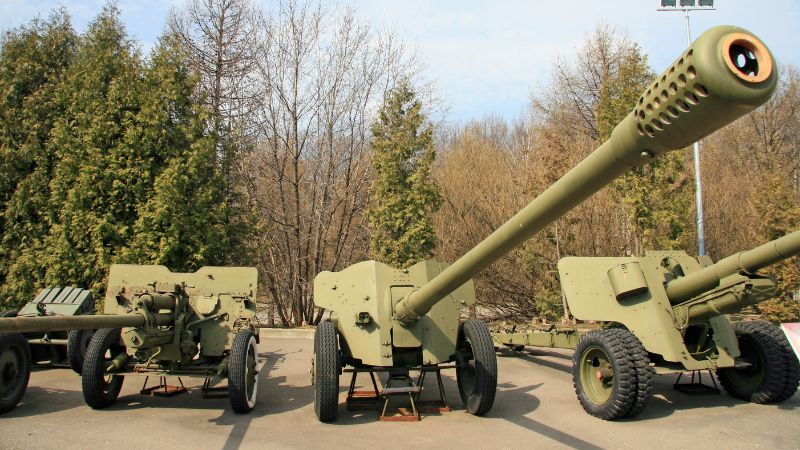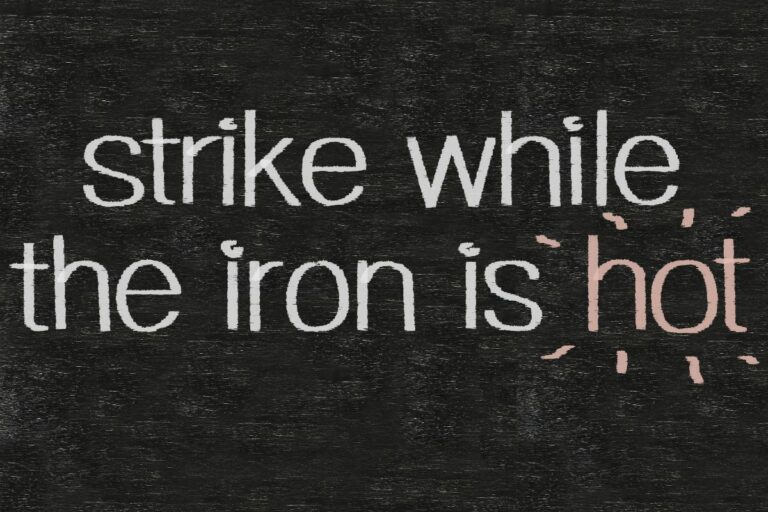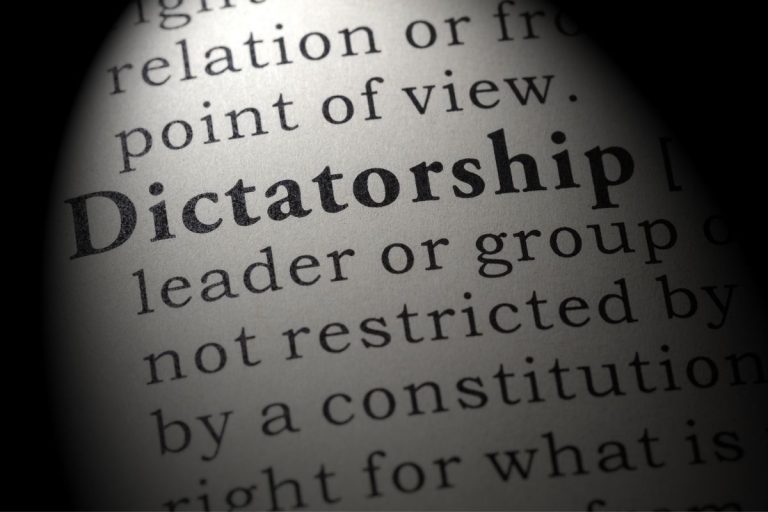Rocket vs. Artillery: The Key Differences You Need to Know
Do you know the difference between a rocket and an artillery shell? If not, you’re not alone. Many people don’t know the key differences between these two types of munitions. In this blog post, we will discuss the key differences between rockets and artillery shells. We will also provide some examples of each type of munition so that you can see the differences for yourself.
Rocket is a subcategory of artillery weapons, that use rocket explosives as the projectile instead of the more traditional artillery shell (generally shot by large guns).
Obviously, this is a short answer to your question, and there are more details to know about each type of weapon. Keep reading to discover all the secrets of how they work.
Main difference between rockets and artillery
The main difference is that rockets use self-contained propellant, while artillery shells are fired from a gun. This difference in propulsion leads to some key differences in how these munitions function.
Rockets are typically much faster than artillery shells. They also have a much higher trajectory, which means they can be used to target enemies that are behind cover. However, rockets are also much less accurate than artillery shells.

Artillery shells, on the other hand, are fired from a gun. This gives them much greater accuracy than rockets. They also have a lower trajectory, which makes them better for targeting enemies that are close to the ground. However, artillery shells are much slower than rockets.
Let’s take a look at both weapons in more details to answer all your questions on this topic.
Rockets
When the first rockets were designed and used in China against the Mongols in 1232, nobody knew exactly how advanced rockets would become. Nor did they know the destruction, evolution, and advancements rockets would have on our society today.
Rockets have been used in wars for centuries. Becoming outdated by the 15th century, then reintroduced years later as developed weaponry for military advancements and, of course, for space awareness and innovations.
Today, rockets are used in multiple instances such as firework displays, weaponry, and space exploration. Rockets have literally changed the way we look at the world. For instance, although there has been indirect knowledge since as early as 500B.C of the earth being round, sounding rockets were able to provide us earthlings with photographic evidence of the earth’s spherical shape.
You should also read: What is the Difference Between a Missile and a Rocket?
How are rockets powered?
Rockets are powered by rocket engines. A rocket engine uses what’s called stored reaction mass to form a high-speed jet of fluid for the rocket’s acceleration. Rockets can be used to thrust or propel spacecraft and ballistic missiles.
This video will explain this in more detail if you are interested in this topic:
Types of Rockets
Since their introduction to the world in the 13th century, rockets have evolved and changed as technology has progressed. Mankind has advanced its weaponry to match the modern-day era of military battle and war.
Here is a list of the types of rockets used today as weapons:
· Rocket Launchers (Bazooka/RPG)
Rocket launchers are a type of readily carried firearm that designated soldiers will use in the combat zone. The rocket launcher is a shoulder-fired weapon, also known to be used as an anti-tank weapon.
· Rocket Pod
A rocket Pod consists of multiple rocket launchers that are designed to be used by aircrafts for airstrike assaults.
· Rocket Artillery
For large-scale attacks, rocket artillery was constructed. Also called a missile tank, the rockets fired from tanks are only guided by the soldier operating the tank’s artillery machinery. The artillery (rocket) itself does not have in-built guidance or target systems and is therefore not technically a missile.
Artillery
According to Wikipedia, artillery is a class of heavy military ranged weapons that launch munitions far beyond the range and power of infantry firearms.
Artillery is one of the oldest forms of warfare, dating back to ancient times. Early artillery pieces were large and cumbersome, making them difficult to move and deploy on the battlefield. However, advances in technology and engineering have led to the development of smaller, more portable artillery pieces that can be easily deployed and used by troops in combat.

Artillery plays a vital role in modern warfare, providing troops with the ability to engage enemy targets at long range and inflict significant damage. Artillery pieces are typically mounted on vehicles or placed in static positions on the ground, and can be used to engage targets on land, at sea, or in the air.
Types of artillery
Artillery pieces are classified according to their range, caliber, and type of ammunition. The most common types of artillery pieces are howitzers, mortars, and guns.
- Howitzers are medium to long-range artillery pieces that fire shells at high trajectories, making them ideal for engaging enemy targets behind cover or in hard-to-reach places.
- Mortars are shorter-range artillery pieces that fire shells at lower trajectories, making them ideal for engaging enemy targets in close proximity.
- Guns are long-range artillery pieces that fire shells at high trajectories, making them ideal for engaging enemy targets at long range.
Artillery vs rocket
Here is a comparison table to easily compare artillery and rocket in one glance:
| Artillery | Rockets | |
|---|---|---|
| Range | Long range | Medium to long range |
| Caliber | Large caliber | Small to medium caliber |
| Ammunition | Shells | Rockets |
| Trajectory | High trajectory | Low trajectory |
| Effectiveness | Against targets behind cover or in hard-to-reach places. Ideal for engaging enemy targets at long range. | Against targets in close proximity. |
Advantages of artillery
- Artillery pieces are typically mounted on vehicles or placed in static positions on the ground, and can be used to engage targets on land, at sea, or in the air.
- Artillery plays a vital role in modern warfare, providing troops with the ability to engage enemy targets at long range and inflict significant damage.
- Artillery pieces are classified according to their range, caliber, and type of ammunition. The most common types of artillery pieces are howitzers, mortars, and guns.
Advantages of rockets
- Rockets are less expensive and more accurate than artillery.
- Rockets can be launched from a variety of platforms, including ground vehicles, aircraft, and ships.
- Rockets have a shorter setup time than artillery.
- Rockets are self-contained and do not require external support for firing.
- Rockets are less likely to cause collateral damage than artillery.
- Rockets can be used to engage targets in close proximity.
If you like this article, here are a few more that you should read after that:






